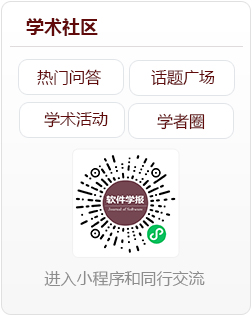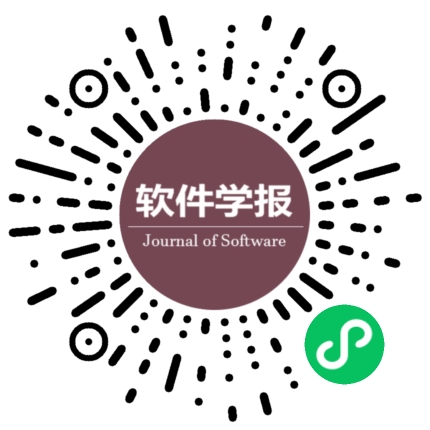基于网络的动态多文档文摘系统框架
作者:
作者单位:
作者简介:
通讯作者:
中图分类号:
基金项目:
国家自然科学基金(60736014, 60773069, 61073130); 国家林业行业专项(201204715)
Web-Based Dynamic Multi-Document Summarization System Framework
Author:
Affiliation:
Fund Project:
引用本文
刘美玲,任洪娥,于洋,郑德权,赵铁军.基于网络的动态多文档文摘系统框架.软件学报,2013,24(5):1006-1021
复制相关视频

分享
文章指标
- 点击次数:
- 下载次数:
- HTML阅读次数:
历史
- 收稿日期:2011-12-12
- 最后修改日期:2012-04-17
- 录用日期:
- 在线发布日期: 2013-05-07
- 出版日期:
文章二维码

您是第位访问者
版权所有:中国科学院软件研究所 京ICP备05046678号-3
地址:北京市海淀区中关村南四街4号,邮政编码:100190
电话:010-62562563 传真:010-62562533 Email:jos@iscas.ac.cn
技术支持:北京勤云科技发展有限公司
版权所有:中国科学院软件研究所 京ICP备05046678号-3
地址:北京市海淀区中关村南四街4号,邮政编码:100190
电话:010-62562563 传真:010-62562533 Email:jos@iscas.ac.cn
技术支持:北京勤云科技发展有限公司



